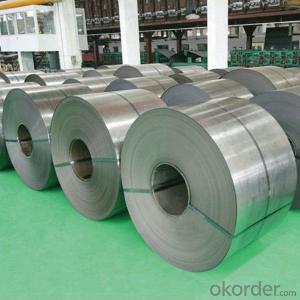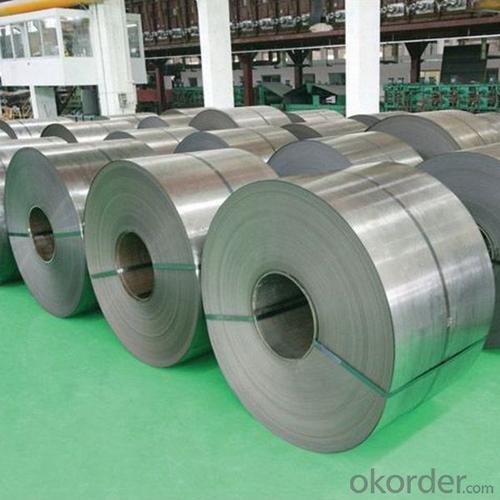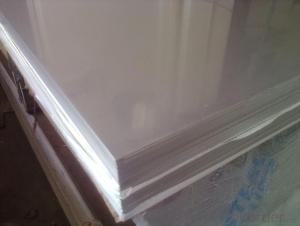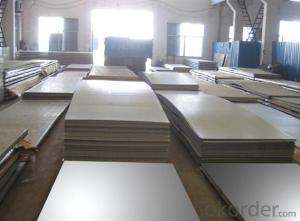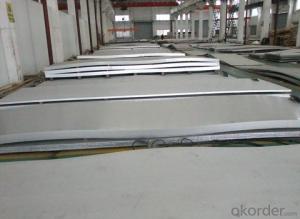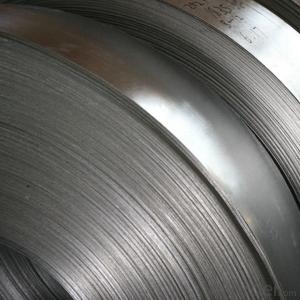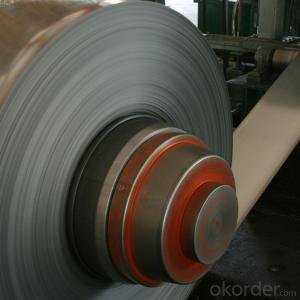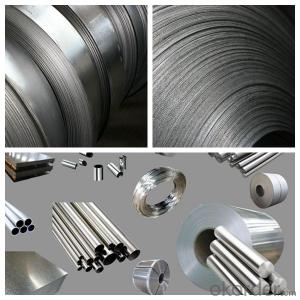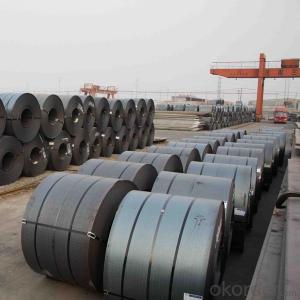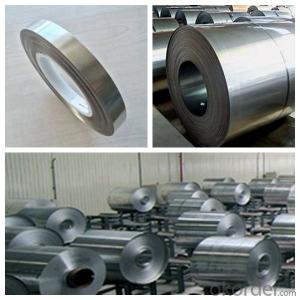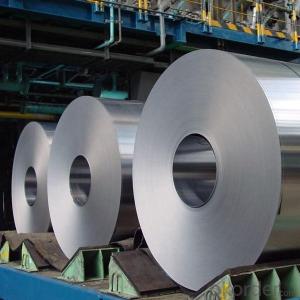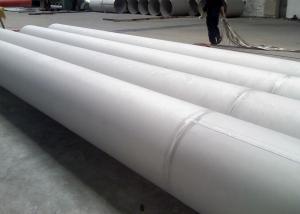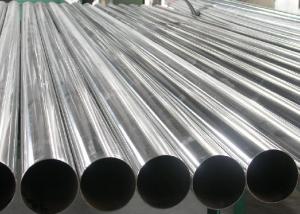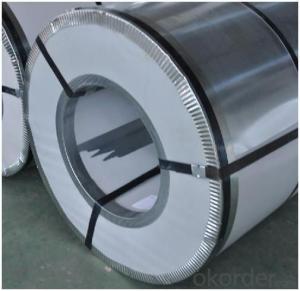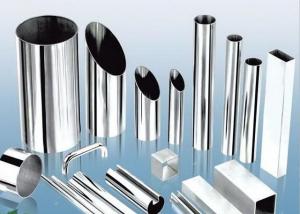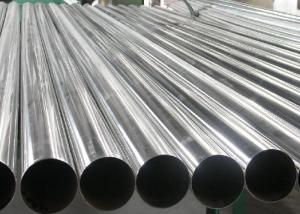Hot Rolled Stainless Steel NO.1 Finish Made in China
- Loading Port:
- Tianjin
- Payment Terms:
- TT OR LC
- Min Order Qty:
- 23 m.t.
- Supply Capability:
- 200000000 m.t./month
OKorder Service Pledge
OKorder Financial Service
You Might Also Like
Specification
Description for Stainless Steel Coils/Sheets:
Material | 201/202/301/304/304L/310S/316/316L/321/410/420 |
Technique | Cold Rolled, Cold Drawn, Hot Rolled |
Standard | ASTM,AISI,JIS,GB,DIN,EN |
Thickness | 0.3mm-100mm or as your requirement |
Width | 100mm-3000mm or as your requirement |
Length | 1000mm-10000mm or as your requirement |
Surface Treatment | BA,2B,No.1,No.4,No.8,HL,8K,Brush |
Packing | 1.Export sea worthy package + water proof paper + wooden pallet 2. Max Loading 26.5mt for each 20Gp container 3.Safe loading and fixing Professiona teams 4. Professional shipping line |
Delivery | 25 days after received the 30% deposit of T/T or L/C |
Payment | T/T,30%payment in advance,70%T/T after the copy of B/L or L/c at sight |
Application | Stainless Steel Sheets are widely used in below fields: 1: Construction field, shipping building industry 2: Petroleum and Chemical Industries 3: Food and Mechanical Industries |
Our Service
1.High quanlity and reasonable price.
2.Customized on-demand.
3.Reasonable shipping and fast delivery.
4.Free sample.
Features of Stainless Steel Coils
(1)Good ductility
(2)Good corrosion resistance
(3)Excellent abrasion resistance and fatigue strength
(4)Good weldability
(5)Oxidation resistant performance
(6)Excellent in high temperature
Detail picture for Stainless Steel Coils/Sheets
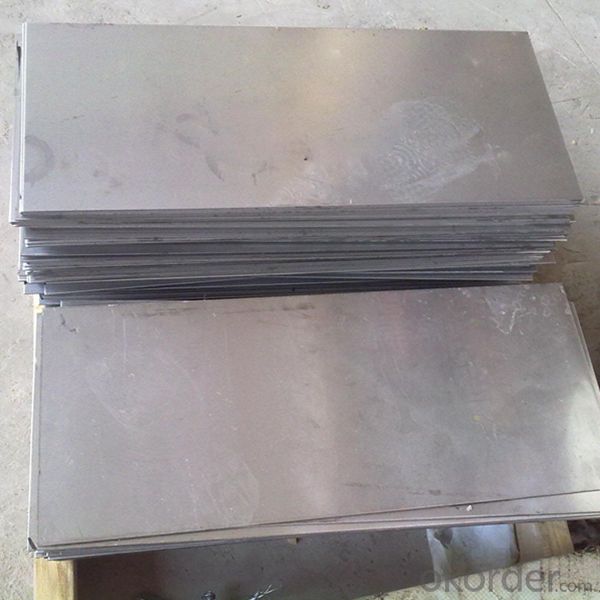
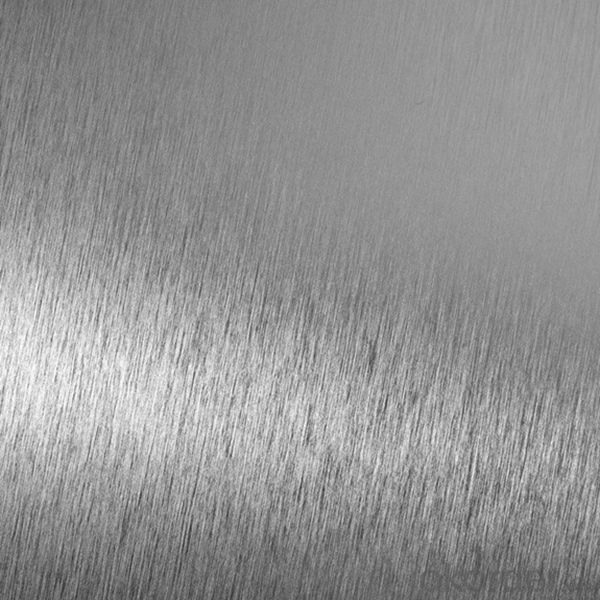
Application of Stainless Steel Coils
(1)Boiler heat exchanger,
(2)Chemical industries,
(3)Hardware fields,
(4)Construction material,
(5)Kitchen utensils,
(6)Building construction,
(7)Medical equipment,
(8)Chemical tank,
(9)Pipe etc
FAQ for Stainless Steel Coils/Sheets:
Q: How can I get the samples?
A: If you need some samples to test ,please pay for the transportation freight of samples and our samples are free for you.
Q: How can I get your price list?
A: Please send us your email or fax and order information – Quantity, Specification (steel type, thickness, width, surface finish), then I can send you the price list.
Q:What are the advantages of your company ?
A: We have many professionals, technical personnel, more competitive prices and best after-dales service than other stainless steel companies.
Q:Can you arrange the shipment ?
A: Sure we can help you with the shipment. We have forwarders who have cooperated with us for many years.
- Q: What's the difference between 304 stainless steel and 301 stainless steel?
- 301, compared with 304 steel material, C content is much, Cr and Ni content is little, cold processing tensile strength and hardness increased, without magnetism, but after cold processing has magnetism
- Q: What are the color options for stainless steel sheets?
- Stainless steel sheets are typically available in a range of color choices, contingent upon the particular finish employed on the surface. The prevalent color selections for stainless steel sheets encompass silver, representing the inherent hue of stainless steel, in addition to black, gold, bronze, and copper. These hues are attained through techniques like powder coating, PVD coating, or chemical treatments, which establish a thin coating on the sheet's surface. The assortment of color choices grants enhanced design flexibility and the ability to select hues that harmonize with diverse aesthetics and applications.
- Q: Advantages and disadvantages of stainless steel
- Mechanical properties: according to different types of stainless steel, the mechanical properties of different martensitic stainless steel with high strength, hardness, corrosion resistance and is suitable for manufacturing the need of high strength, high wear resistance parts, such as turbine shaft, stainless steel knives, stainless steel bearings, austenitic stainless steel and good plasticity, strength is not too but the high corrosion resistance of stainless steel is the best, very suitable for corrosion resistance and mechanical properties of less demanding situations, such as chemical plants, fertilizer plants, sulfuric acid, hydrochloric acid manufacturers of equipment materials, of course, can also be used for submarines and other military industries, ferrite medium mechanical properties of stainless steel body, but the intensity is not too high. Oxidation resistance, suitable for various industrial furnace parts.
- Q: Are stainless steel sheets suitable for fire-rated applications?
- Yes, stainless steel sheets are suitable for fire-rated applications. Stainless steel is known for its high resistance to heat and fire, making it a reliable choice for fire-rated applications. It has a high melting point and does not easily deform or lose its structural integrity when exposed to high temperatures. Additionally, stainless steel does not combust or release toxic fumes when heated, which is crucial in fire-rated applications where safety is a top priority. Stainless steel sheets are commonly used in fire-resistant doors, walls, and other structural components to enhance fire resistance and protect against the spread of flames.
- Q: What is the difference between stainless steel sheets and regular steel sheets?
- The main difference between stainless steel sheets and regular steel sheets is that stainless steel is an alloy that contains a minimum of 10.5% chromium, which gives it its unique corrosion-resistant properties. Regular steel, on the other hand, does not contain enough chromium to be considered stainless and is more prone to rust and corrosion. Stainless steel sheets are also typically more expensive than regular steel sheets due to their enhanced durability and resistance to corrosion.
- Q: What are the different types of surface finishes for stainless steel sheets?
- There are several different types of surface finishes for stainless steel sheets, including brushed, mirror, embossed, bead blasted, and satin.
- Q: Are stainless steel sheets resistant to saltwater corrosion?
- Yes, stainless steel sheets are highly resistant to saltwater corrosion. Stainless steel is known for its exceptional corrosion resistance, making it an ideal material for applications exposed to saltwater environments. The chromium content in stainless steel forms a protective oxide layer on the surface, which acts as a barrier against corrosion. This oxide layer prevents the steel from coming into direct contact with saltwater, thereby reducing the risk of corrosion. Additionally, stainless steel grades such as 316 and 316L are specifically designed to offer better resistance to saltwater corrosion, making them even more suitable for marine applications. Overall, stainless steel sheets are a reliable choice for saltwater environments due to their excellent corrosion resistance properties.
- Q: What is stainless steel AB board, please?
- Both 2B and BA can be polished into 8K mirror panels, but 2B requires more polishing steps, and the BA can only be polished to achieve the 8K effect. Depending on the end product, there is a difference in whether the BA is polished and some BA products do not need to be polished and used directly.
- Q: How do you prevent pitting corrosion on stainless steel sheets?
- To prevent pitting corrosion on stainless steel sheets, there are several measures that can be taken: 1. Proper alloy selection: Choosing the right grade of stainless steel with high resistance to corrosion is crucial. Grades such as 316 and 904L are known for their excellent resistance to pitting corrosion. 2. Passivation: Stainless steel sheets should be passivated after fabrication to remove any free iron or contaminants on the surface. Passivation involves treating the sheets with an acid solution, followed by a thorough rinse and drying. This helps to restore the protective chromium oxide layer on the surface, enhancing corrosion resistance. 3. Regular cleaning and maintenance: Stainless steel sheets should be cleaned regularly to remove any dirt, debris, or contaminants that can lead to pitting corrosion. Mild soap, water, and a soft cloth or sponge can be used for routine cleaning. Harsh or abrasive cleaners should be avoided. 4. Avoid exposure to aggressive environments: Stainless steel sheets should be protected from exposure to chemicals, chlorides, acids, and other corrosive substances. If such exposure is unavoidable, proper measures like the use of protective coatings or barriers should be implemented. 5. Avoid stagnant conditions: Pitting corrosion is often accelerated in stagnant or low-flow conditions where oxygen levels are depleted. Ensuring proper ventilation and circulation of air or fluids can help prevent pitting corrosion on stainless steel sheets. 6. Regular inspection and maintenance: Periodic visual inspection and monitoring of stainless steel sheets can help identify any early signs of pitting corrosion. If any pitting is noticed, immediate action should be taken to address the issue, such as applying a suitable corrosion inhibitor or protective coating. By following these preventive measures, it is possible to minimize the risk of pitting corrosion on stainless steel sheets, ensuring their long-term durability and performance.
- Q: What welding equipment do we need for welding stainless steel sheet and stainless steel square tube?
- You want to use argon arc welding. Stainless steel has good weldability, so you only need to weld it. Stainless steel welding is simple, the process is not high, plate deformation is very large, but after welding needs pickling and polishing.Argon arc welding is completely different from electrode welding. It has less welding defects because of its bright arc welding. No splash surface forming well.
Send your message to us
Hot Rolled Stainless Steel NO.1 Finish Made in China
- Loading Port:
- Tianjin
- Payment Terms:
- TT OR LC
- Min Order Qty:
- 23 m.t.
- Supply Capability:
- 200000000 m.t./month
OKorder Service Pledge
OKorder Financial Service
Similar products
Hot products
Hot Searches
Related keywords
